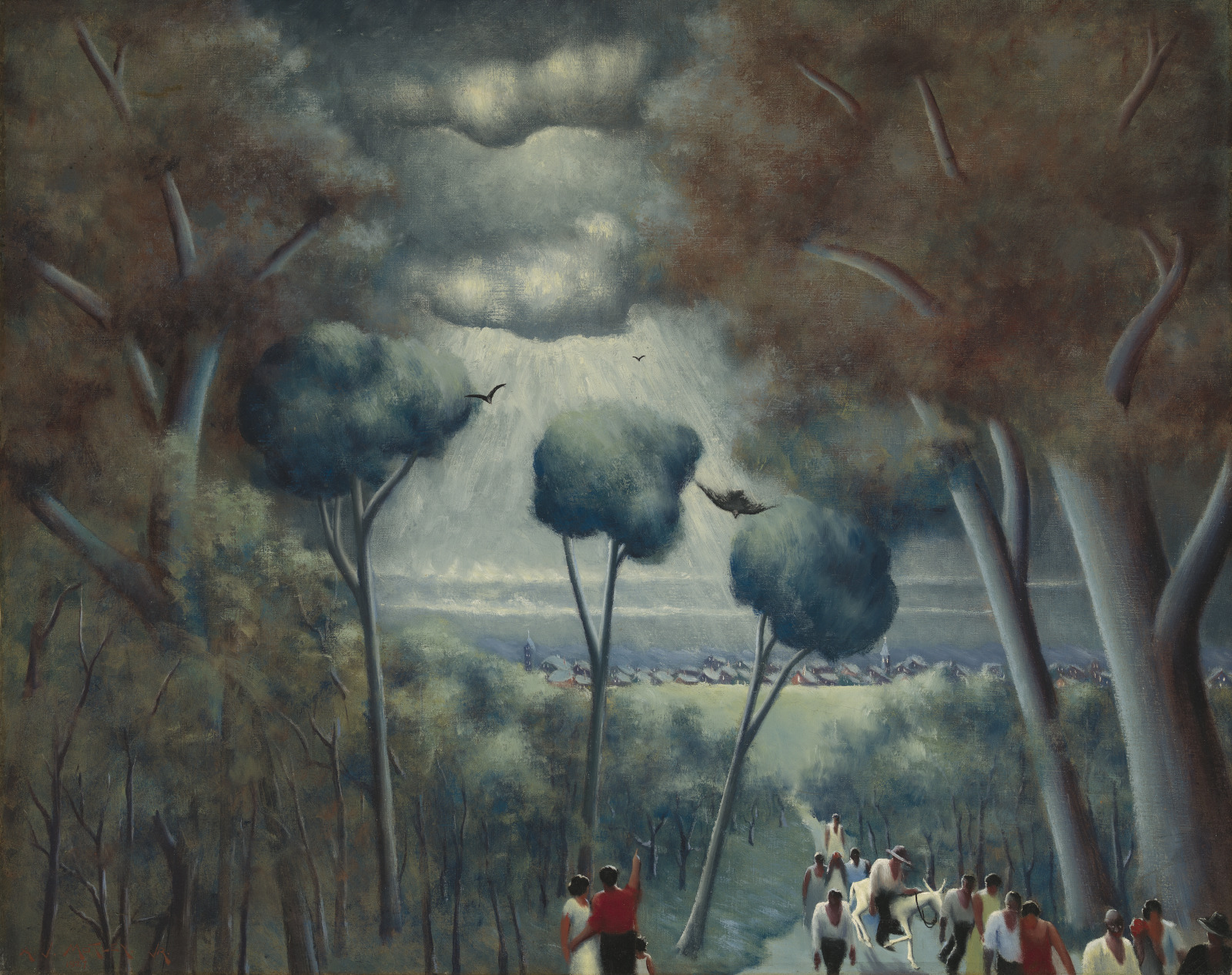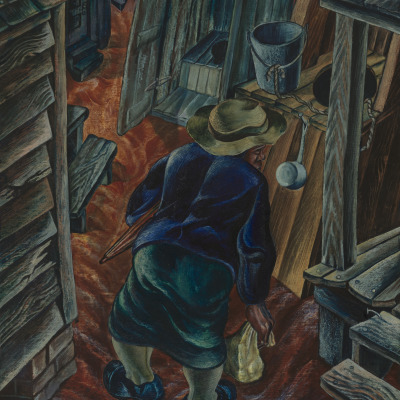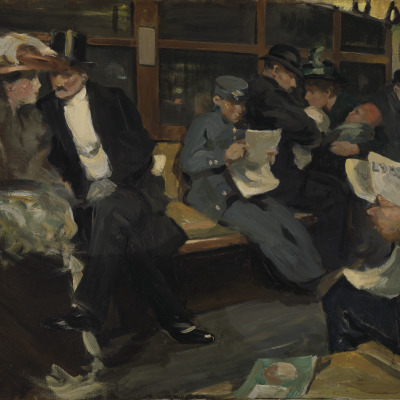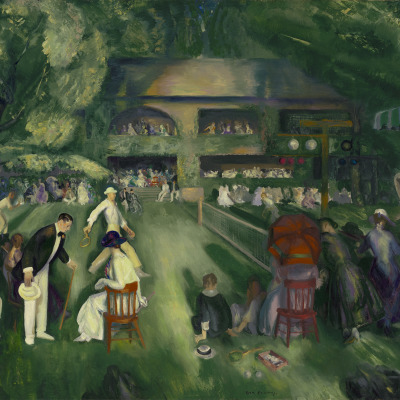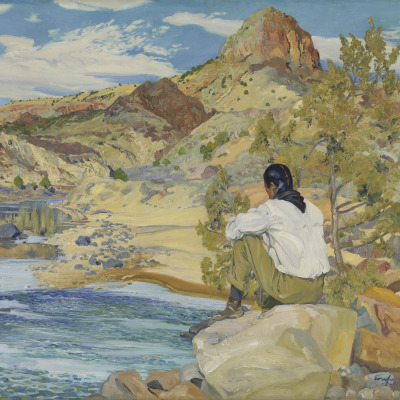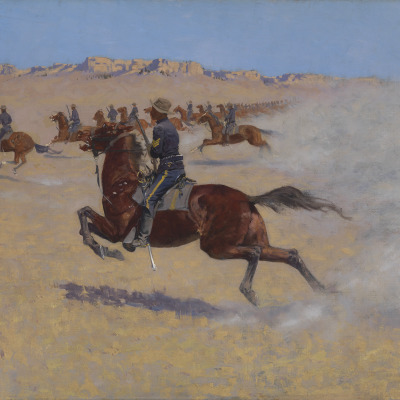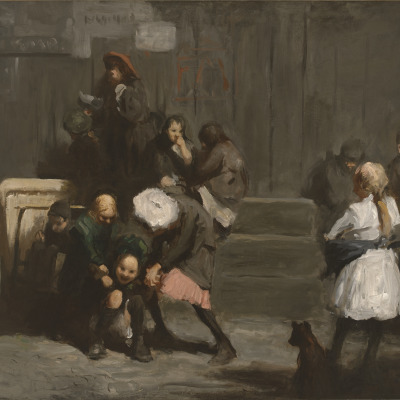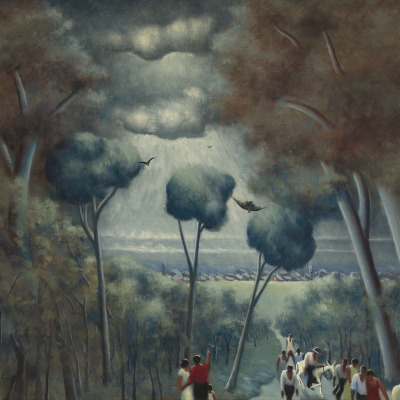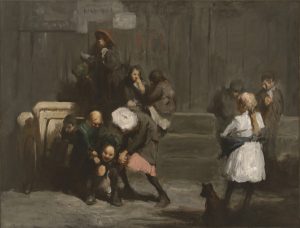
Population and Perspectives: Prompts for Extended Thinking
Use these prompts after your Evans Distance Learning session or museum visit to activate creative, critical, and reflective thinking.
Creative Thinking
Using our imaginations when looking at art can activate prior knowledge and spark curiosity. Ask students to recall their Evans DLP visit and try this activity.
Pick one person from the party in Archibald Motley’s painting Town of Hope. Pick another person from George Bellow’s painting Kids. Would these two people ever have crossed paths? Why or why not? Imagine if these two were to meet in person. What do you suppose the interaction would be like? What might these two people have in common? What might they need to explain to one another? Creatively share your ideas in the voice of each character by, for example, performing a sketch, crafting a comic strip, or writing and illustrating a story.
Reflective Thinking
Thinking about our experience with art helps us connect to people and ideas across time and place. Ask students to reflect on their Evans DLP visit with one or more of the following prompts.
- Having spent time with American Art at VMFA, what more do you know about modern America? How do you imagine the lives of the artists and the people they painted were similar or different to your own?
- What did the art NOT answer for you? What are you curious about now that you have seen the art of the United States as it entered the 20th century? Name three things that you wish you knew more about and why. Visit your school library and databases to research the answers to your questions.
- Imagine you were to time travel and visit America about 1900. Based on what you have seen in the art at the VMFA, what would you expect it to be like? What would it sound, smell, look and feel like? What about YOU would surprise an American from about 1900?
